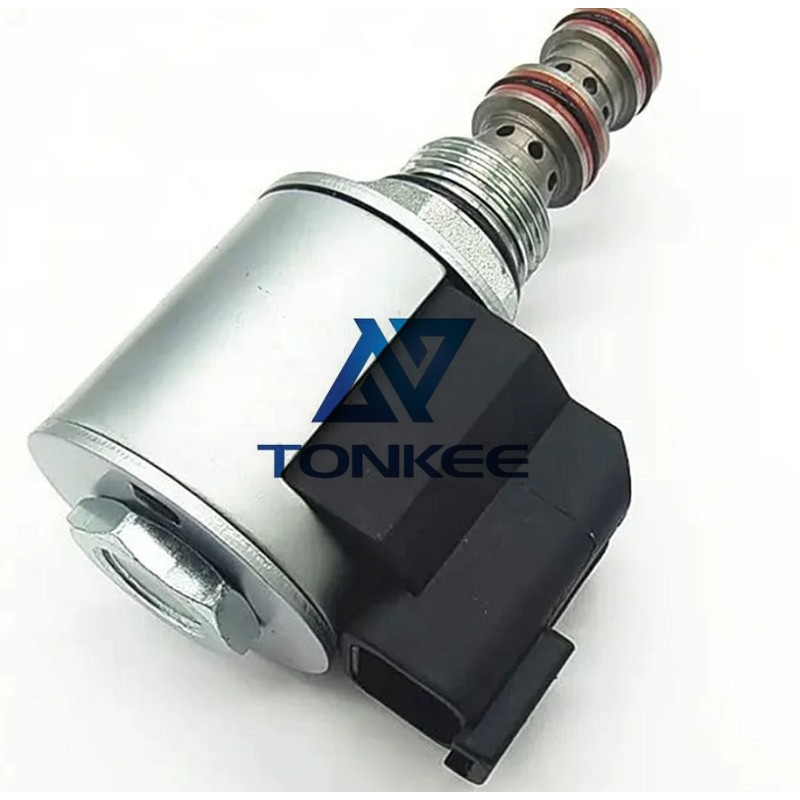
First and foremost, the solenoid operates on a 24-volt electrical system, making it compatible with the power requirements of the specified Caterpillar models.
This voltage ensures efficient and consistent operation, allowing the solenoid to engage and disengage as needed in response to the equipment's operational requirements.
The construction of the solenoid is designed to withstand the demanding conditions often encountered in heavy-duty applications. It is built with durable materials to ensure longevity and resistance to wear and tear. This robust construction is essential for equipment like the Caterpillar 120M, 627K, 140M, 623H, 627K, 770, and 772, which are typically used in challenging environments such as construction sites, mining operations, and other demanding settings.
The solenoid's specifications include precise dimensions and weight, ensuring that it seamlessly integrates into the designated Caterpillar models without causing any compatibility issues. The accurate sizing and weight characteristics contribute to the ease of installation and maintenance, minimizing downtime for the heavy equipment.
In terms of functionality, the 251-3268 solenoid is engineered to provide reliable performance in controlling various aspects of the equipment. Solenoids, in general, are electromagnetic devices that convert electrical energy into mechanical motion.
In the context of heavy machinery like Caterpillar equipment, solenoids often play a role in controlling the flow of fluids, such as hydraulic systems, or engaging components like clutches.
Specifically tailored for the mentioned Caterpillar models, the solenoid contributes to the efficiency and precision of the equipment's operations. Whether it's the 120M motor grader, 627K wheel tractor scraper, 140M motor grader, 623H wheel tractor scraper, or the 770 and 772 off-highway trucks, the solenoid's role is integral to the overall functionality of these machines.
Regular maintenance and inspection of the solenoid are crucial to ensure optimal performance and prevent unexpected failures. This includes checking for signs of wear, corrosion, or damage, and promptly replacing the solenoid if any issues are detected. Routine maintenance not only extends the life of the solenoid but also contributes to the longevity and reliability of the entire heavy equipment system.




